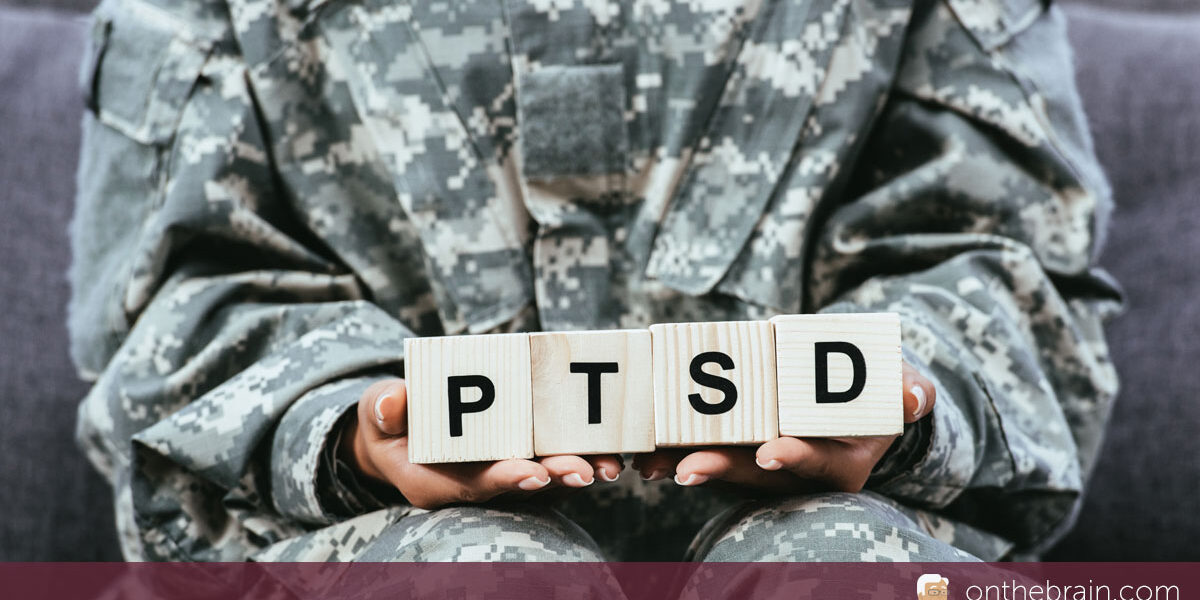In the June 18th, 2007 issue of Newsweek, Sharon Begley wrote an opinion column that must have raised a few hackles in the psychotherapy community. In her words, “…(for) patients seeking psychotherapy….talking can be dangerous … and therapists have not exactly rushed to tell them so.” One well-documented class of examples has come from “stress debriefing”, a standard procedure used to help individuals who have experienced a traumatic event — like the Virginia Tech ‘massacre’, for example. The goal in such therapies is to forcefully encourage individuals to discuss and seriously self-examine their feelings about the traumatic episode(s) — and to relive it in detail, through their own descriptions.
It turns out that patients who had undergone such debriefing sessions a) more often developed (on the statistical average) b) more severe problems (including PTSD) than did those who had struggled to overcome their traumatic experiences on their own.
Overcoming the fears that originate with a traumatic incident can also be delayed by “treatment”. Begley cites examples of studies documenting the impacts of psychotherapy on individuals who were “treated” after they were severely burned, or had lived through a serious automobile accident. When they were later examined, treated individuals were MORE affected over a longer post-trauma epoch, and MORE nervous and anxious about the circumstances that led to their injuries or accidents (e.g., about automobile travel) than were matched, untreated individuals.
As I have related earlier, one strategy for relieving PTSD symptoms is to have the patient relive and “understand” their traumatic experiences, to put them in an appropriate place, back in the context of their life histories. How often, and under what circumstances does this retelling, under the high-stakes conditions of psychotherapy, CONTRIBUTE to an enduring neurological distortion? How can we determine which individuals might react negatively, in neurological terms, to being challenged to relive and face up to their feelings about traumatic events and their source(s)? How often can this reliving and retelling contribute to their being even MORE deeply embedded in their memories and brains? These are important questions that clearly deserve more study.
These studies illustrate an aspect of brain plasticity that I hope all readers of this blog are beginning to understand: BRAIN PLASTICITY IS A TWO-WAY STREET. It is “negative” plasticity that generates the changes in the brain that underly the impaired operational state of the depressed or stressed or anxious or obsessed or traumatized individual. PTSD, for example, is a PRODUCT of brain plasticity. Just as I can plausibly create a positive brain plasticity-based approach to re-normalize the brain of the PTSD patient, so, too, can I create the malady itself, at will, by training the brain in ways that drive specific “negative” changes within it.
Are there any volunteers for participating in a study to prove this last point out there raising their hands?! I thought not.
I emphasize that when it is practiced at a high professional level, psychotherapeutic practices have saved many a traumatized and depressed and obsessed individuals’s bacon. Its rates of ‘success’ for treating depression, for example, approximately match the success rates achieved through pharmacological intervention — and psychotherapy has the advantage than when you’re better (praise the Lord) you’re NOT on the drug.
At the same time, we are entering an era in which the largely empirically-evolved practices of psychotherapy are being reconsidered and redefined in neuroscientific terms. It’s about time — because it is increasingly within our power to truly understand the “negative plasticity” underlying the neurological bases of depression and obsession and PTSD — and the “positive plasticity” accounting for true “recovery” from these (and all other) psychological maladies, in neurological as well as behavioral terms. That achievement should help guide the evolution of “best practices” in psychotherapy in ways that can be expected to increase the efficiency, the effectiveness, the reliability, and the safety of this very important class of help strategies.







